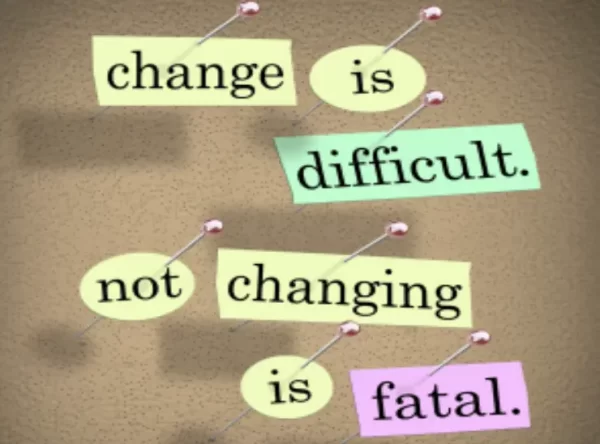In today’s fast-paced world, the saying “power belongs to those who adapt”; rings true, specially when it comes to investing. The financial picture is constantly changing, and those
who can pivot and embrace new opportunities often find themselves reaping the rewards. One area where this is particularly evident is in alternative asset classes, like medical receivables.
Let’s dive deeper into how adapting to these alternative investments can unlock new potential and secure your financial future.
What are Medical Receivables?
Medical receivables represent money that healthcare providers are owed for services rendered but haven’t yet received. In simpler terms, when a doctor treats a patient, the insurance company owes that doctor money. However, it can take time for these payments to come through. This delay creates an opportunity for investors. Instead of waiting for the insurance companies to pay, investors can purchase these receivables at a discount. This means that if a healthcare provider has $100,000 in expected payments, an investor might buy those receivables for $80,000. Once the insurance company pays, the investor pockets the difference, making for potentially lucrative returns.
Why Invest in Medical Receivables?
-
Steady Demand: Healthcare is a fundamental need. People will always need medical care, and therefore, healthcare providers will always have receivables. The constant demand means that medical receivables can be a more stable investment compared to stocks or real estate, which can fluctuate wildly based on market conditions. Example: During economic downturns, while many industries suffer, healthcare often remains robust. For instance, during the COVID-19 pandemic, while many businesses closed their doors, healthcare providers were in higher demand than ever. Medical receivables continued to flow, creating safety in this type of investment.
-
Short-term Return on Investment: Unlike traditional investments that might take years to appreciate, medical receivables can yield returns within months. By the time a receivable matures and payment is received, the investor can potentially see significant gains in a short amount of time. Example: A company named Healthcare Receivables Growth Fund typically purchases medical receivables and sees payment in as little as 30–90 days. Investors involved in this fund often report annual returns exceeding 10%, showcasing the fast-paced nature of this asset class.
-
Diversification: Medical receivables can offer a way to diversify one’s portfolio. By adding alternative investments, you cushion yourself from the volatility that comes with more traditional assets. Example: If you invest strictly in tech stocks and the tech sector faces turbulence (as it did during the 2000 dot-com bubble), your entire portfolio could suffer. Meanwhile, if a portion of your funds were allocated to medical receivables, you could mitigate some of that risk with a more stable investment.
Adapting to the Market
As with any investment, opportunity and risk walk hand in hand. Here’s how you can adapt to the world of medical receivables for maximum potential:
-
Educate Yourself: Understanding how medical receivables work and the factors that affect their value is paramount. Knowledge breeds confidence. Seek out resources, attend workshops, or even join online forums discussing medical receivables and alternative investments.
-
Leverage Technology: In the age of advanced technology, platforms that specialize in medical receivables can simplify your journey. For instance, companies that offer platforms where you can monitor receivables in real time, making timely decisions easier.
-
Connect with Professionals: Building relationships with financial advisors or fund managers who understand this space can provide you invaluable insights and opportunities.
-
Be Prepared for Changes: Market conditions can change rapidly, impacting healthcare regulations and reimbursements. Staying informed about health policies and potential healthcare reforms can help you anticipate shifts in medical receivables, allowing you to adapt your investment strategy accordingly.
While medical receivables can be a powerful investment strategy, it’s essential to approach it with due diligence. Every investment carries risks, and medical receivables are no exception. Example: If you’re looking to buy receivables from a small clinic that has recently faced litigation or a financial crisis, you may want to think twice. Conversely, a well-established hospital with a good reputation and a strong financial history may present a safer investment.
Embracing new opportunities in the investment landscape, particularly in alternative asset classes like medical receivables, can position savvy investors for success. The ability to adapt is crucial. By educating yourself, leveraging technology, connecting with professionals, and staying informed, you can navigate this alternative investment realm effectively.
In a world where change is the only constant, remember that the power truly belongs to those prepared to adapt. If you’re interested in exploring the world of medical receivables further, consider starting small to test the waters. There’s a whole new world of financial potential waiting for those willing to explore it.




